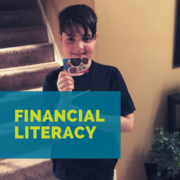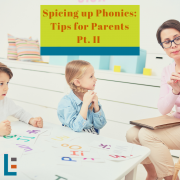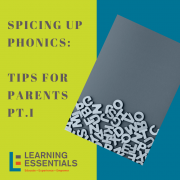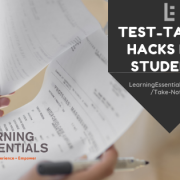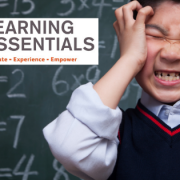Financial Literacy
The teenage years are often marked by an increased desire for independence, which typically means the beginning of financial decision making and thus greater responsibilities. Finance talk is not typically number one on the list of priority chats for parents to have with their kids—there are often more pressing issues happening among today’s teens. However, truth be told, many of today’s millennial adults would have benefited greatly from a crash course in financial literacy prior to fleeing the nest. Car payments, student loans, interest rates, and budgeting strategies come down hard all at once, and many young adults find themselves drowning in debt before they have even established their full-time career goals. As a sign of the times, instructional stepping stones for financial literacy for middle and high schoolers are now part of many school curriculums. However, parents can also play a critical role in preparing their kids for financial freedom and teaching the important management skills that come with those responsibilities.
-
- Begin financial conversations by discussing wants vs. needs vs. assets. In order to use money responsibly, kids need to know how to clearly distinguish and prioritize needs over wants—and then budget appropriately. For instance, they might want to go to a baseball game later this month, but they absolutely need to put gas in their car first and foremost. Also, in conversations about preparing for college, parents should explain that education is an asset; yes, higher education is expensive, but it’s something of value that they will use throughout their entire career. The expectation is that they will get a return and eventually earn substantially more than what was originally spent on tuition.
- Talk about the key aspects of a budget and how to stick to it. Parents should encourage teens to set up a budget and track their spending habits. Whether they are earning an allowance, babysitting on weekends, or working a part time job, the first step for setting up a budget is to estimate their monthly income. Then, help teens categorize spending, starting with “needs” or necessary bills. Remaining money in the monthly budget should be considered for two additional categories—savings and “fun money.” If necessary, browse the best apps for easy budgeting so teens can manage and monitor their spending from their phones.
- To curb extraneous purchases or frivolous spending, put things into perspective. If a teen is raving about a new outfit that she wants for the school dance, ask her what she’ll be sacrificing for that outfit. Can she still buy a dance ticket after buying the outfit? Will she be able to join her friends after the dance to get a late night bite? Did she factor in the fact that she won’t be earning babysitting money on the night of the dance? How could this one outfit throw a wrench into her monthly budget? It’s not easy to say no to something that is truly desired, but putting things into perspective can help teens make smarter spending decisions. That outfit might be the equivalent of an entire week of work—is it really worth it?
- Don’t waver if teens blow their budget. It’s much easier to give in if teens need a few extra bucks here and there. However, financial responsibility is lost when parents bail out their kids anytime they need more money. Teens need to learn from their errors so that next time they are able to make better financial decisions.
